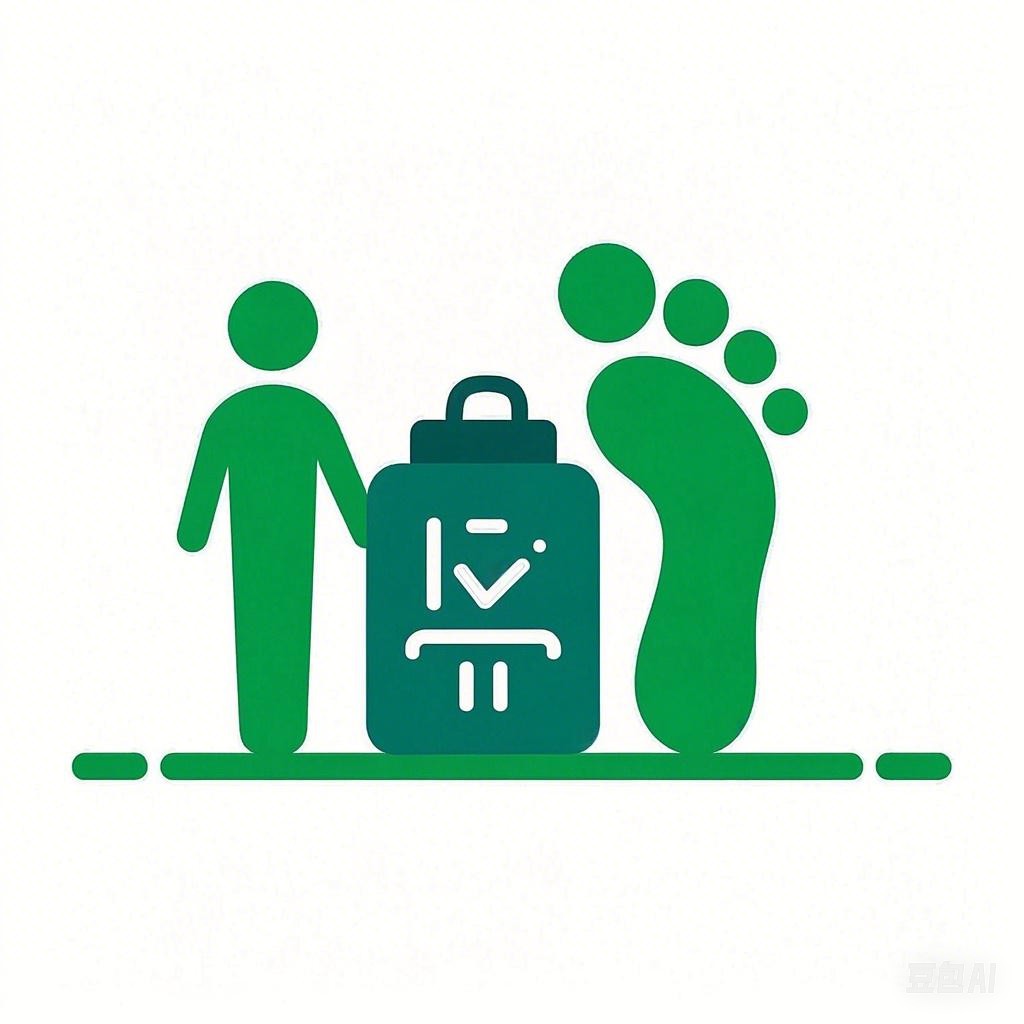Introduction
Waste sorting and recycling are crucial components of sustainable living and environmental conservation. As the global population continues to grow, the amount of waste generated daily is also on the rise. Eco-friendly waste sorting and recycling not only help reduce the environmental impact of waste but also promote resource conservation and economic benefits. This guide will delve into the secrets of eco-friendly waste sorting and recycling, providing you with a comprehensive understanding of the process and its importance.
Understanding Waste Sorting and Recycling
What is Waste Sorting?
Waste sorting is the process of separating different types of waste materials, such as organic, inorganic, recyclable, and non-recyclable, to facilitate proper disposal and recycling. This process can be carried out at various levels, including households, businesses, and municipal waste management facilities.
The Importance of Waste Sorting
- Reduces Environmental Impact: Proper waste sorting minimizes the amount of waste that ends up in landfills, reducing greenhouse gas emissions and pollution.
- Resource Conservation: Sorting waste allows for the recovery of valuable resources, such as paper, plastic, glass, and metal, which can be reused or recycled.
- Economic Benefits: Recycling waste materials can create jobs and reduce the cost of raw materials for manufacturers.
What is Recycling?
Recycling is the process of converting waste materials into new products. It involves collecting, sorting, processing, and reusing materials that would otherwise be discarded as waste. Recycling can be done for various materials, including paper, plastic, glass, metal, and organic waste.
The Waste Sorting Process
Step 1: Collection
Waste collection is the first step in the sorting and recycling process. Waste is collected from various sources, such as households, businesses, and public places. In some cases, waste is collected in designated bins, while in others, it is collected in general waste bins.
Step 2: Sorting
Once waste is collected, it needs to be sorted into different categories. This can be done manually or using automated sorting systems. Sorting criteria may include:
- Recyclable Materials: Paper, plastic, glass, metal, and some types of organic waste.
- Non-Recyclable Materials: Waste that cannot be recycled or composted, such as certain plastics, hazardous materials, and food waste.
- Organic Waste: Waste that can be composted, such as food scraps, yard waste, and paper products.
Step 3: Processing
Sorted waste materials are then processed to make them suitable for recycling. This may involve cleaning, shredding, or other methods to prepare the materials for reuse.
Step 4: Recycling
Processed materials are transformed into new products. For example, recycled paper can be used to produce new paper products, while recycled plastic can be used to create new plastic items.
Best Practices for Eco-Friendly Waste Sorting and Recycling
At Home
- Use Separate Bins: Keep a separate bin for recyclables, organic waste, and non-recyclable waste.
- Educate Family Members: Teach your family about the importance of waste sorting and recycling.
- Compost Organic Waste: Start a compost bin to reduce the amount of organic waste going to landfills.
At Work
- Implement a Waste Sorting Program: Encourage employees to sort their waste and provide clear guidelines on what can and cannot be recycled.
- Purchase Recycled Products: Use products made from recycled materials to reduce the demand for new resources.
- Promote Sustainability: Raise awareness about the importance of waste sorting and recycling among employees.
In the Community
- Participate in Local Recycling Programs: Support local recycling initiatives and programs.
- Educate Others: Spread awareness about the benefits of waste sorting and recycling in your community.
- Advocate for Change: Encourage local authorities to implement more efficient waste management systems.
Conclusion
Eco-friendly waste sorting and recycling are essential for a sustainable future. By understanding the process and implementing best practices, we can all contribute to reducing our environmental impact and promoting resource conservation. Remember, every bit of waste sorted and recycled is a step towards a greener, cleaner world.
